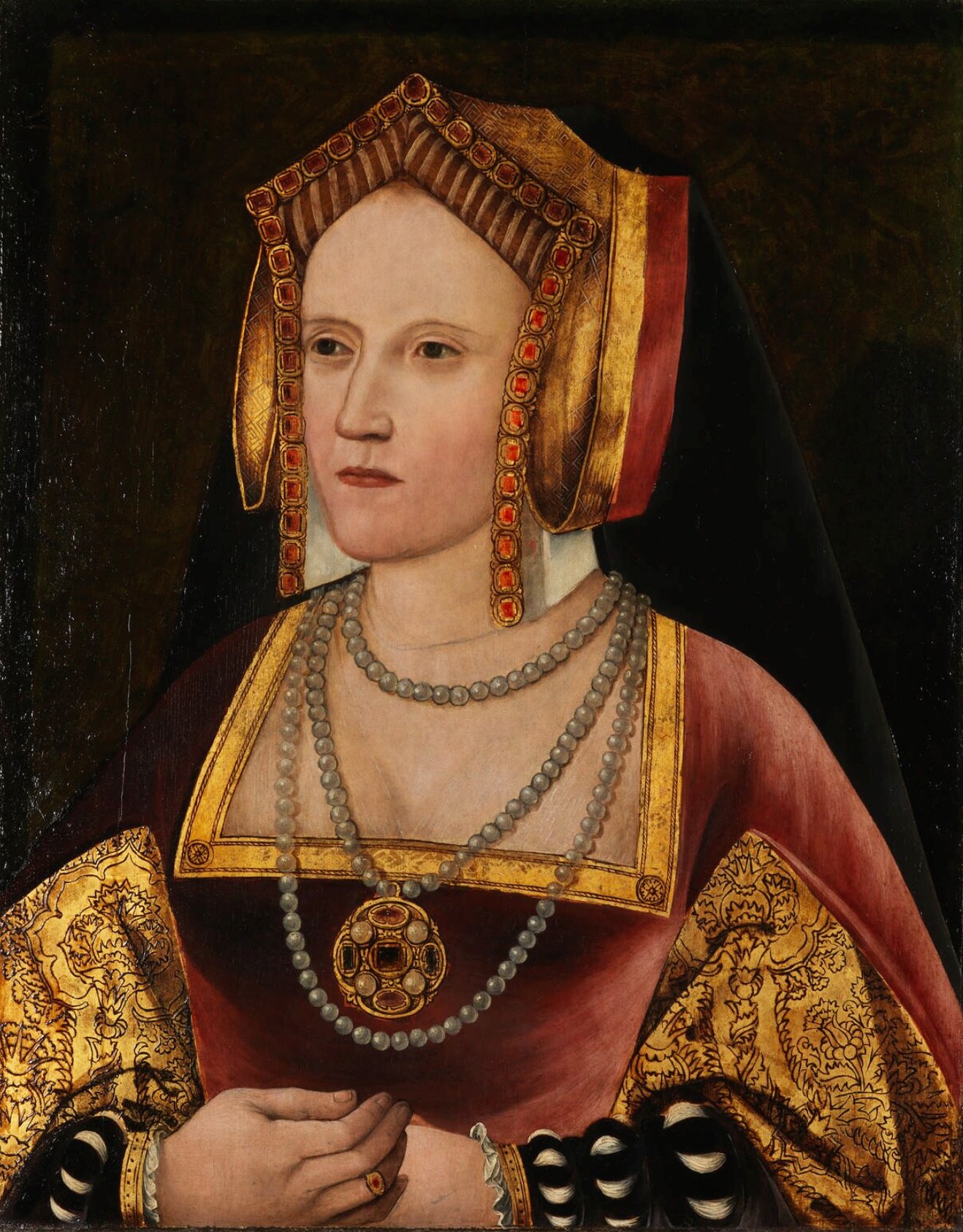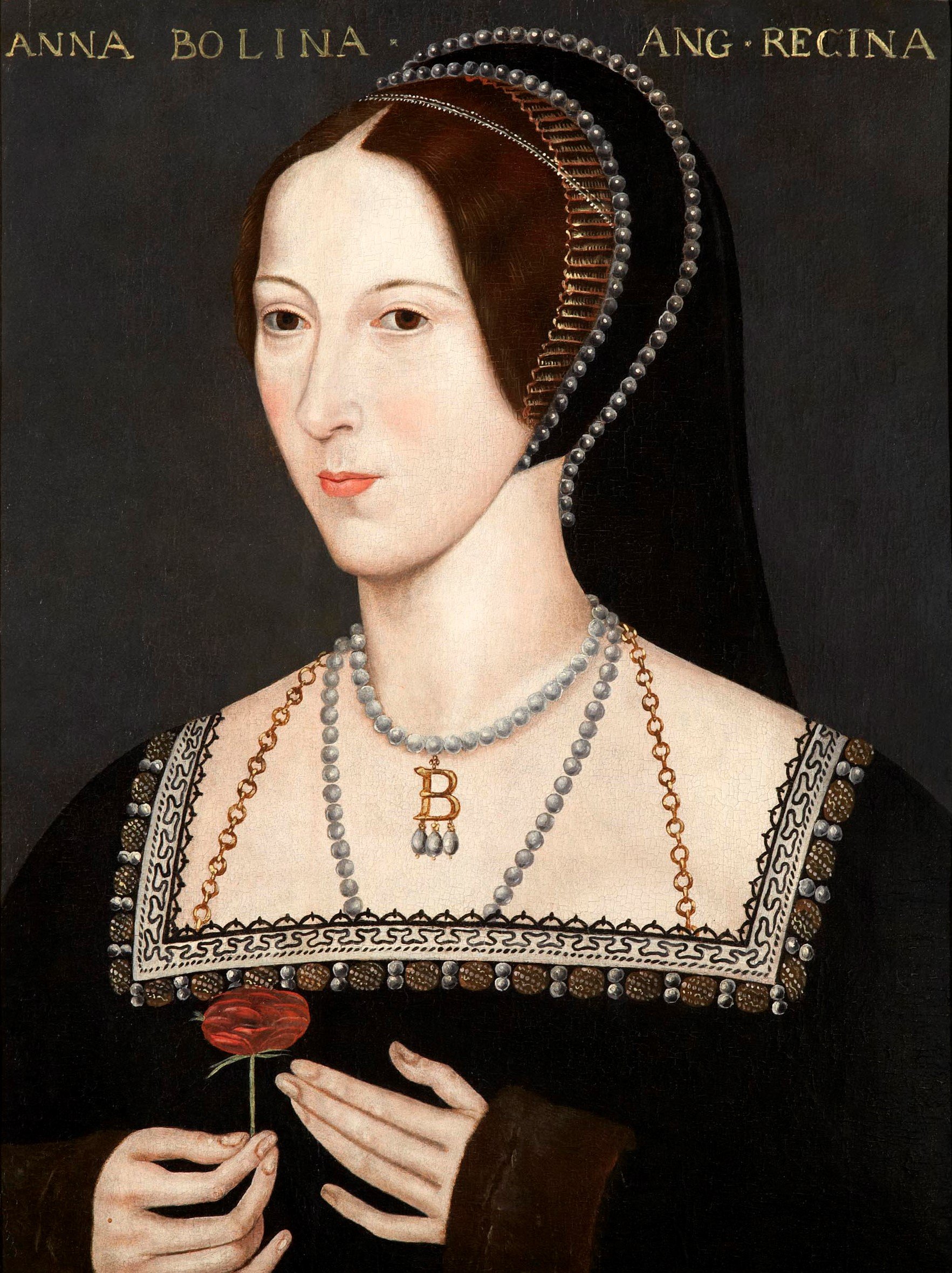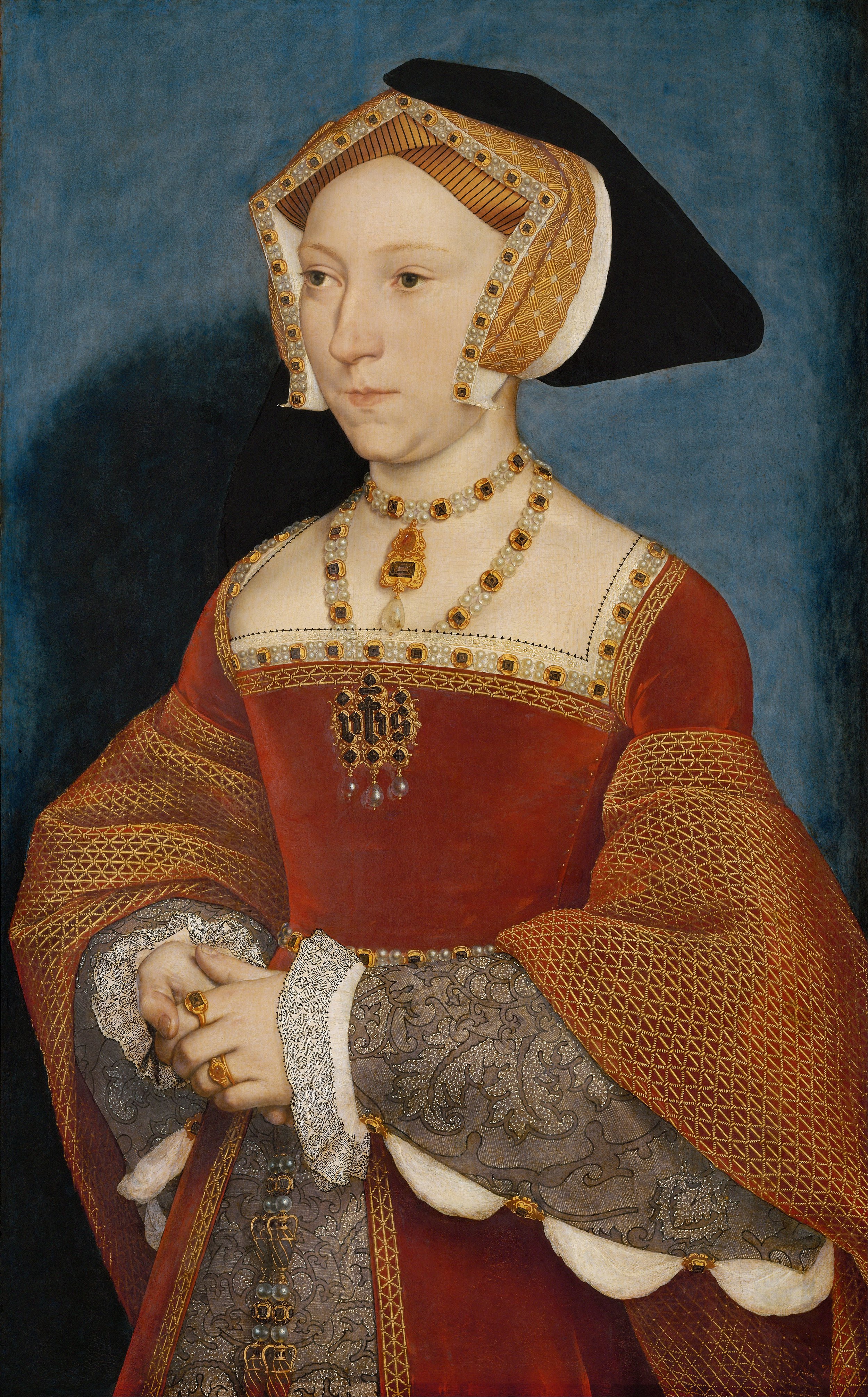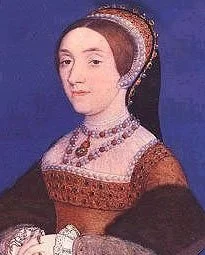The British Monarchy, Part X
King Charles (I, II, & III)
Charles Philip Arthur George Windsor, the oldest son of the recently deceased Queen Elizabeth, is now King Charles III of the United Kingdom of Great Britain and Northern Ireland. He is a constitutional monarch with limited powers.
Monarchs used to have absolute power. The evolution to a constitutional monarch started over 800 years ago with the Magna Carta, which among other clauses, required the King to seek parliamentary approval for new taxes. This series of entries covers the evolution of the British Monarchy.
In this post, we cover the infamous King Henry VIII.
The Six Wives
With the War of the Roses still fresh in his memory, King Henry VIII was obsessed with producing a male heir to continue the Tudor line of kings. His quest took him through six wives.
Catherine of Aragon – daughter of King Ferdinand and Queen Isabella of Spain. After several pregnancies and births, the only surviving child was their daughter and future Queen, Mary. Henry wanted to annul the marriage to Catherine and marry another woman, but the Pope refused his request. Henry divorced her against the wishes of the Roman Catholic Church, ushering in the English Reformation (see below)
Anne Boleyn – maid of honor to Catherine of Aragon. This marriage only produced a daughter, Elizabeth, a future Queen. Henry wanted to try for a male heir with another wife. He accused Anne of adultery and treason, annulled their marriage, and had her beheaded.
Jane Seymour – maid of honor to both Catherine of Aragon and Anne Boleyn. She provided Henry with a male descendent, giving birth to Edward IV. She died shortly afterward from pregnancy-related complications.
Anne of Cleves – Her brother was a protestant leader - Henry married her to create an alliance. Germany’s Duke of Cleaves had two sisters. Henry examined portraits of the sisters and selected Anne as more attractive. Henry was disappointed in her appearance, annulling the marriage after six months. She accepted a generous settlement from Henry.
Catherine Howard – lady-in-waiting (personal assistant) to Anne of Cleves. Henry was about fifty years old and in poor health when he married the 18-year-old Catherine. Based on rumors of infidelity, Henry executed her for adultery and treason after two years of marriage.
Catherine Parr – a young widow, and close friend of Henry’s daughter Mary, she was Henry’s last wife and outlived him.
English Reformation
The English Reformation was a religious and political movement where the Church of England broke away from the authority of the Pope and the Catholic Church. The Protestant Church of England was established, and the English monarch became its supreme head. King Henry joined this movement when the Catholic Church refused to annul his marriage to Catherine of Aragon.
To this day, England’s King (or Queen) is the ‘Defender of the Faith’ of the Church of England. However, recognizing the existence of multiple religions in the country, King Charles III, in 1994, suggested he be called ‘Defender of Faiths’ (plural).
Reformation Parliament
King Henry VIII called Parliament into session in 1529 to endorse and support his changes. One act passed by the legislature declared the king supreme head of the Church of England. Another authorized the closing of monasteries and confiscation of their property.
According to the official Parliament website: Henry VIII's Reformation Parliament…fundamentally changed the nature of Parliament and of English government. The King summoned it in order to settle what was called his 'great matter,' his divorce from Catherine of Aragon, which the Papacy in Rome was blocking.”
This Parliament marked a significant step in the evolution of the British government into a limited constitutional monarchy. The official history of Parliament called this a ‘power shift:’ “…Parliament - under the direction and impetus of the King - made laws affecting all aspects of national life, especially in religious practice and doctrine, which had previously been under the authority of the Church alone. With the ground-breaking statutes of the 1530s Parliament became omnicompetent, that is, no area involved in the government of the realm was outside its authority.” The King “realised that royal power was at its strongest when it was expressed through parliamentary statute.”
Royal Succession
Parliament continued its role as ‘Kingmaker.’ Henry had a daughter from each of his first two wives, Mary and Elizabeth. Parliament passed an act removing both from the line of succession. Because that left Henry without an heir, the act allowed him to choose his successor.
After his third wife, Jane Seymour, produced a male heir (Edward), Parliament passed another act restoring his daughters Mary and Elizabeth to the line of succession. His last wife, Catherine Parr, may have influenced him to reconcile with his daughters. Upon Henry’s death, his son Edward became King. When Edward died, Mary became the first reigning Queen of England, and Elizabeth followed her.
Religious Battles
After Henry’s death, religious differences continued to flare when his daughter, Mary, became Queen and attempted to restore Catholicism. We will cover this in a future post.





